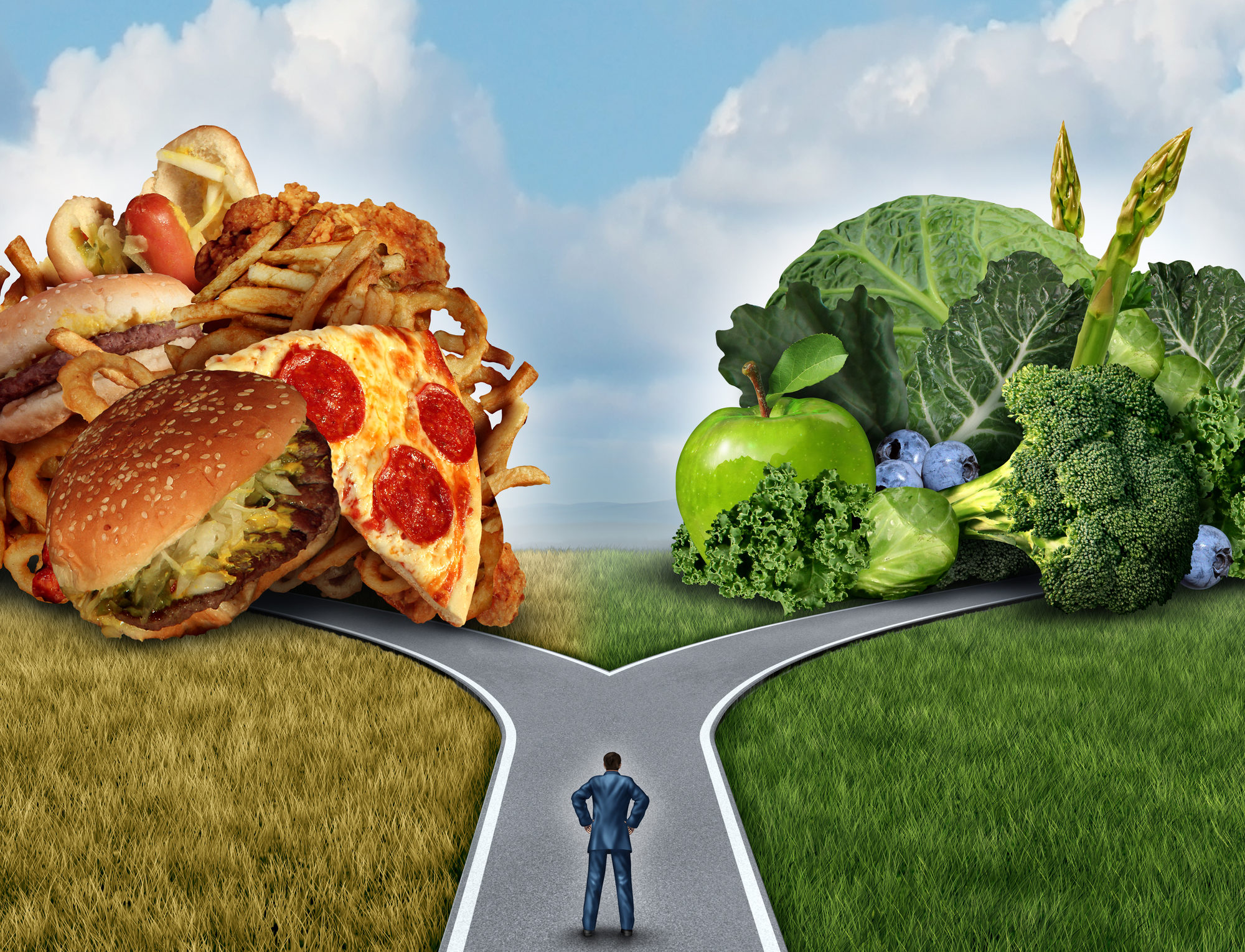
Fat adaption is critical for athletes and non-athletes looking for sustained health including physical, intellectual and social vitality. Carbs are not bad, just misunderstood.
The Myths
- “Lowering carbs is about cutting calories ” – FALSE
Cutting calories below your essential needs will slow your metabolism to conserve the deficit. The only sustainable pattern to is to meet your calorie needs through a healthy balance of macronutrient intake of healthy fat, protein and reasonable carbs. Cutting carbs is about reducing “false” hunger and removing the significant and widely proven high carb health risks. Try the Macro-nutrient calculator for a baseline.
- “Carbs are bad for you and should be avoided” – FALSE
Carbs are essential at the right levels and at the right times. Those who don’t exercise should consume 50 grams per day, reasonable exercise (30 min per day) should increase to 100 grams a day, heavy exercise (+5 to 20 hours per week) no more than 150 grams per day. When we more above 50 grams a day we take these immediately before high intensity exercise to promote high peaks or after long sessions for aid recovery. 20 grams of carbs before a high intensity session can boost your performance and help you achieve higher adaptation levels.
- “Fat raises your cholesterol and causes heart disease” – FALSE
There is so much scientific evidence proving that low fat is not healthy and sugar is unhealthy. Sugar raises cholesterol and causes heart disease. A sugar based athletic nutrition plan increases this risk, sadly most believe exercise always reduces health risk!
Cholesterol, need to knwo Part 1 and Part 2.
- “Low carb racing is the go” – FALSE
The body can absorb 65 grams per hour indefinitely to support sustained exercise. Fat adapted athletes will only need carb intake after around 2.5 hours. To go longer than 2.5 hours, fat adapted athletes only need to cover the deficit. There is a energy cost to convert carbs to energy, this includes a high concentration of water and blood in the gut to absorb. For most, the gut will stop converting greater than 65 grams carbs to energy after 8 hours bringing on the IRONMAN shuffle!
Great endurance racing requires strategic use of carbs on top of fat adaption.
- “Only freaks are focusing on fat adaption” – FALSE
Four of the top three finishers of the 2016 Tour de France are fat adapted. Many of the top IRONMAN elites, including Tim Reid are fat adapted. Many elites don’t speak about it as it is a strategic edge! You can be successful without being fat adapted, but on the short term only!
The Benefits
- Sugar is bad for you and you don’t need sugar to train for aerobic sessions up to 90 minutes.
Once Fat Adapted you only need carbs after 2.5 hours of aerobic exercise. Fat adapted athletes only use carbs for High Intensity Sessions, long sessions (2.5 hours +) and recovery.
- You can go longer without slowing.
A sugar dependent athlete will slow after 8 hours as this is the point that high levels of carb absorption will stop. The fat adapted will continue on as the high level of carb fueling is not a dependency for aerobic performance.
- You recover faster without carbs taken during a session.
Carbs are a “dirty” fuel causing inflammation in the body, lower the carbs and you lower the inflammation which reduces the recovery time. Have you noticed that some athletes can perform at back to back IRONMAN races while others need 6 weeks? Guess what, they are fat adapted!
- Your race fuel requirements are less.
Converting carbs to energy requires a high concentration of water and blood in the gut to absorb. Would you not prefer this water and blood be supporting your muscle energy supply increasing efficiency and reducing the chances of cramp?
- Your save plenty!
Since becoming Fat Adapted I have reduced my training nutrition expenses by 80% as I only use sport nutrition for sessions over 3.5 hours. Between 2.5 and 3.5 hours, a banana or some figs cover it! Money I can use else were, enough to cover a bike upgrade! Yes do the sums, it is that much.
Next: Fat Adaption and Low Carb, the hacks and common fails
Do you need help in becoming Fat Adapted?
